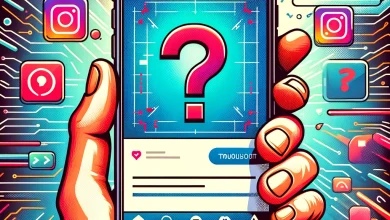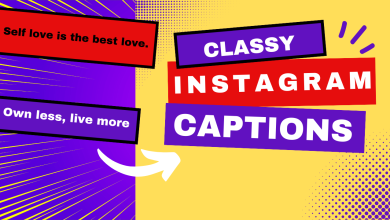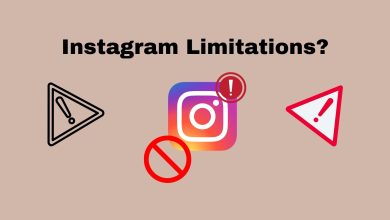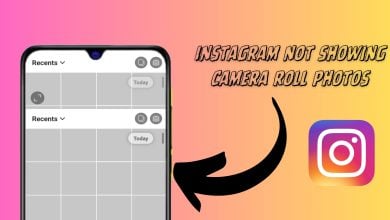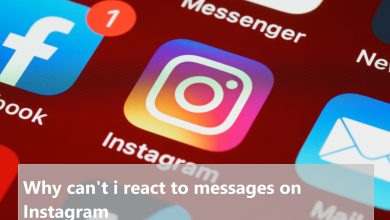Instagram Filters and Effects Not Working? Here’s how to fix
Instagram filters fail to work if their required location or rendering modules are not functioning as expected. Granting these permissions or reinstalling the application will fix the problem, as they will refresh all the modules and reinitialize them.
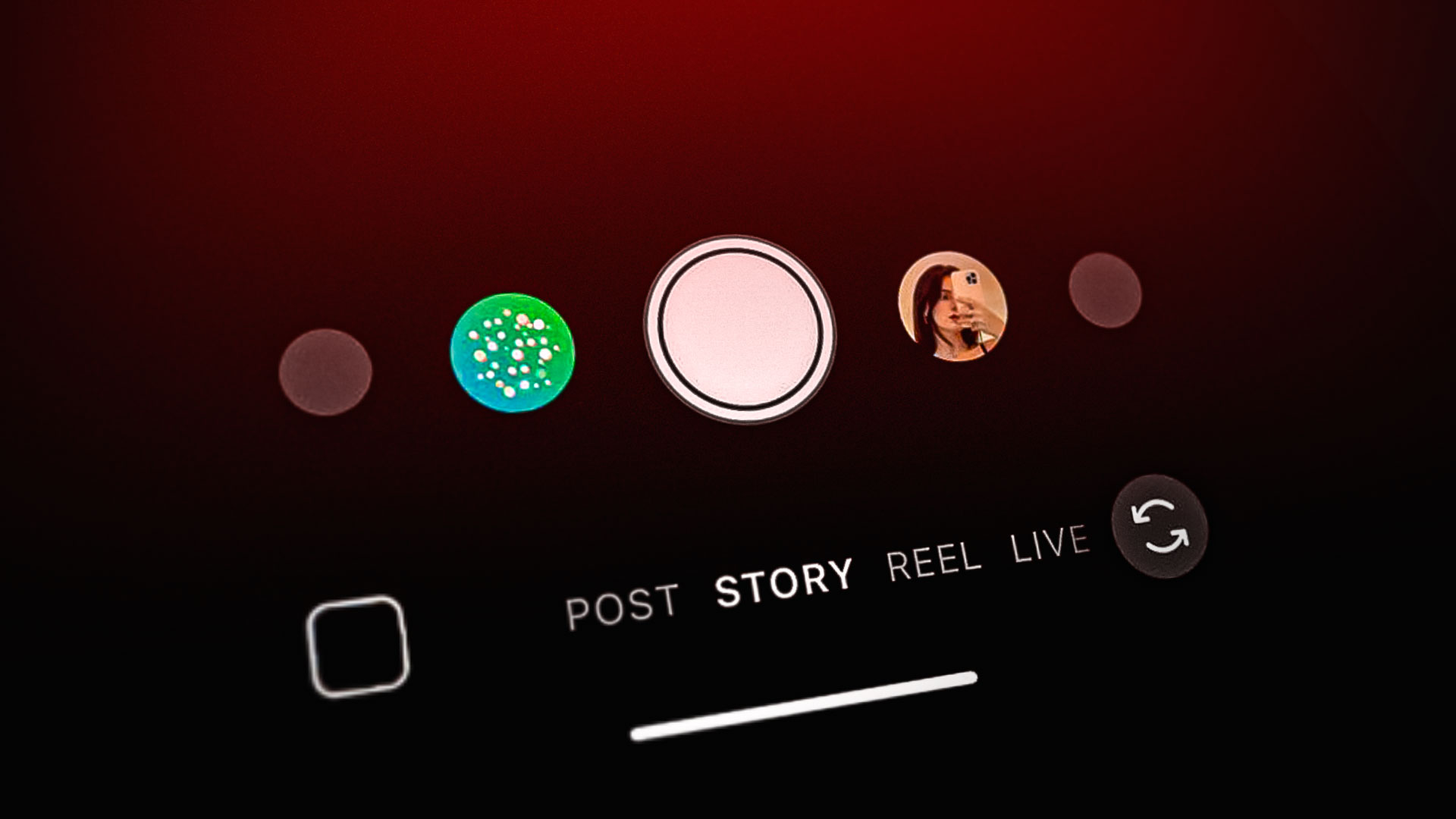
| Issue | Filters in Instagram filters don't work |
| Reported on | iPhone Android |
| Caused by | Incorrect caching Not permitted in location Device modules in error state |
| Solutions | Refresh cache Install latest updates Fetch a new copy of application |
How can I fix the Instagram filters not working issue?
Before proceeding, ensure that filters are supported in your location, even if they were working previously. Instagram employs facial recognition techniques that have since been prohibited in various locations, such as Texas. If an effect or filter is unavailable in your country, it should display, “This effect is not available in your location.
1. Clear Instagram’s cache.
Filters on the Instagram app will fail to work if the modules handling the filters are in an error state and need a fresh start to complete the process. Relaunching the Instagram app after force closing it and clearing its cache will fix the problem.
For iPhones, simply swipe up the application from the recent apps and restart the phone. For Android, follow these steps:
- Exit Instagram > Tap on the Recent Apps button > Close All.
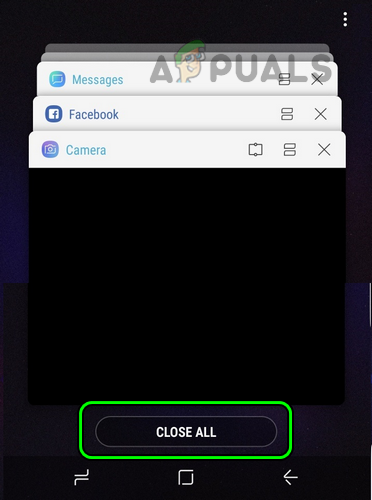
Close All Apps on the Android Phone Through the Recent Apps Menu - Launch Settings on your Android phone.
- Navigate to Application Manager > Instagram > Force Stop.
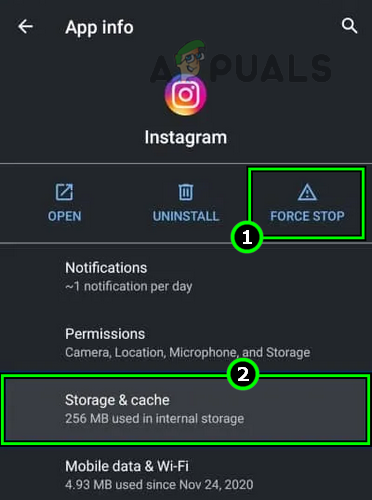
Force Stop the Instagram App and Open its Storage Settings - Next, go to Storage & Cache > Clear Cache.
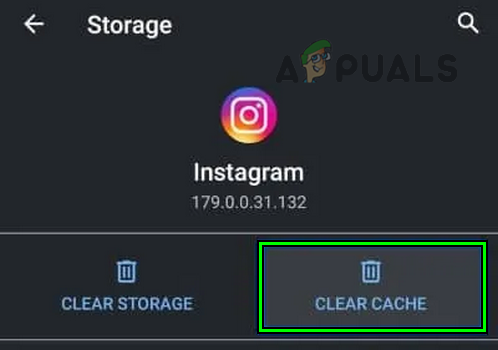
Clear Cache of the Instagram App - Launch Instagram again and see if the filters are working correctly.
2. Restart the device.
Instagram filters won’t work if the essential modules in your phone’s operating system are malfunctioning or if there’s an error in its operational memory. This can be fixed by restarting the device.
- Press and hold the phone’s power button.
- Select Restart and wait for the device to reboot.
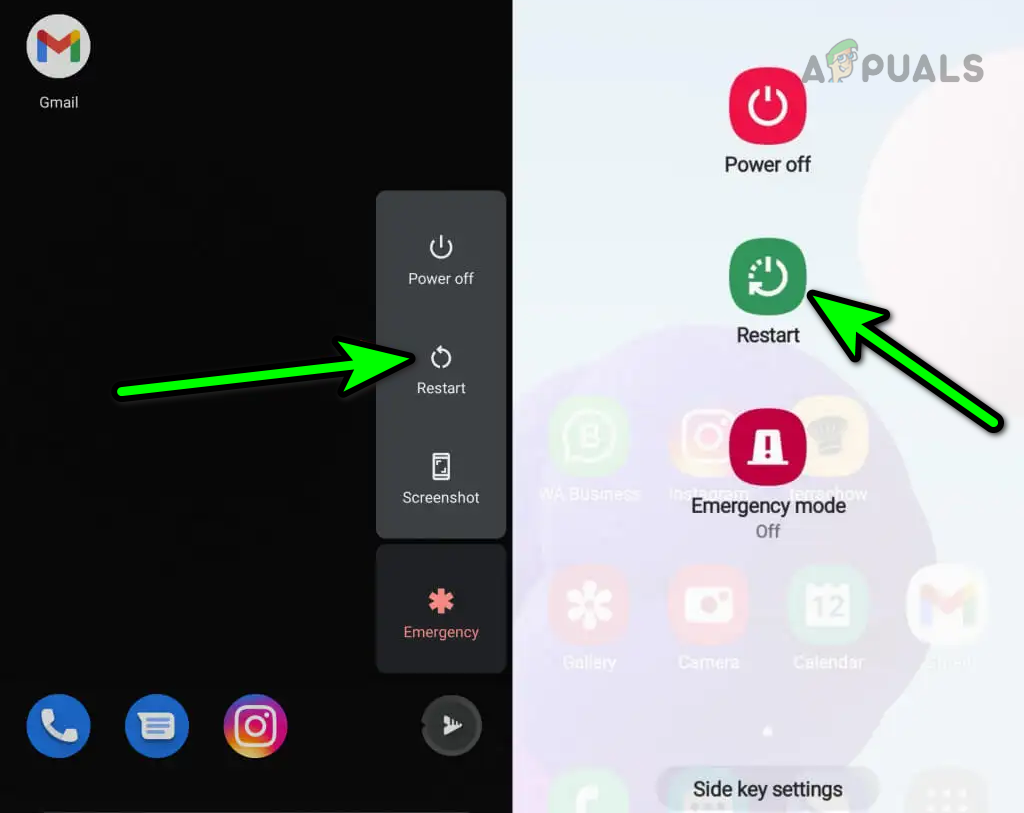
Restart the Android Phone - For iOS devices, simply power them off and then power them on again.
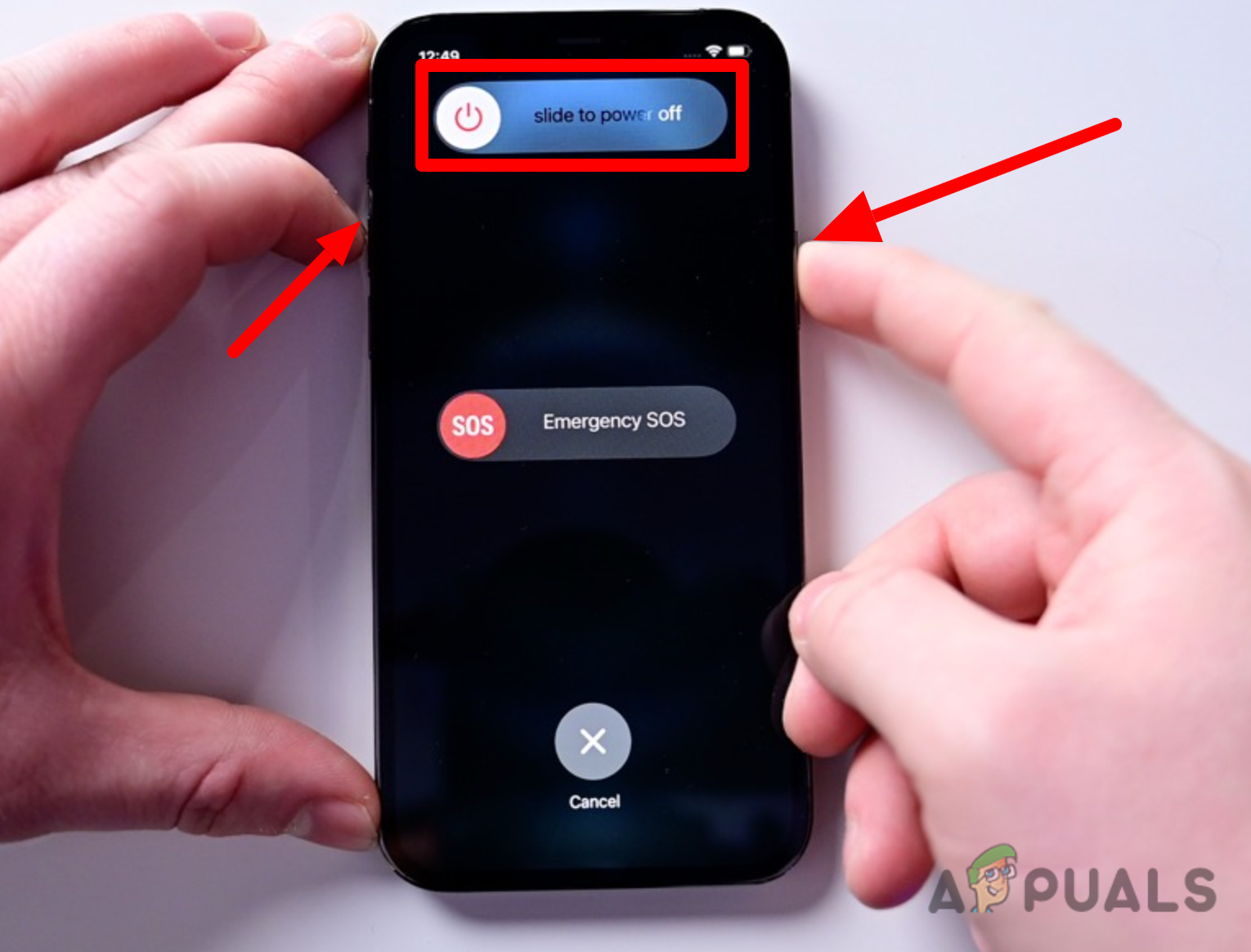
Restart the iPhone - Launch Instagram and check if filters are being properly applied.
3. Update Instagram to the latest build.
If your Instagram app is outdated, it will fail to retrieve filters from the servers. Here, updating the application to the latest build will solve the problem. There might also be bugs in your current version which are likely to be fixed in the newer one.
You can use the App Store instead of the Google Play Store for iOS devices.
- Launch the Google Play Store and search for Instagram.
- Apply any available updates and wait for the update process to complete.
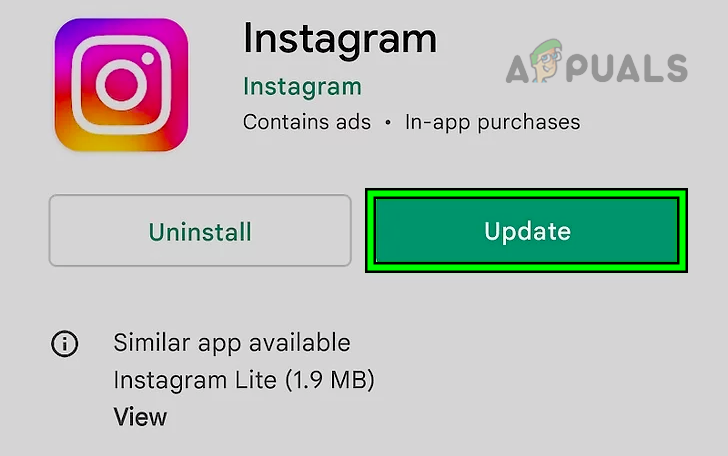
Update the Instagram App to the Latest Build - Once updated, restart your device and launch Instagram. Check if you can use the filters correctly.
If you are a beta user, we recommend opting out of that program, as it can contain various unresolved bugs. Another tip is to click on the Plus icon, navigate to filters, and without editing anything, click the back button. Now, you can access filters again and see if they are working.
4. Update the phone’s OS to its latest release.
If your phone’s operating system (OS) is outdated, you will experience issues using filters on Instagram. This occurs due to compatibility issues between the phone and the application. To resolve this, you can update your phone’s OS to the latest version.
Before updating, be sure to back up your phone, fully charge it, and connect it to a power source. For iOS devices, navigate to General > About > Software update.
- Launch your phone Settings.
- Navigate to About Device > Software Update > Install update.
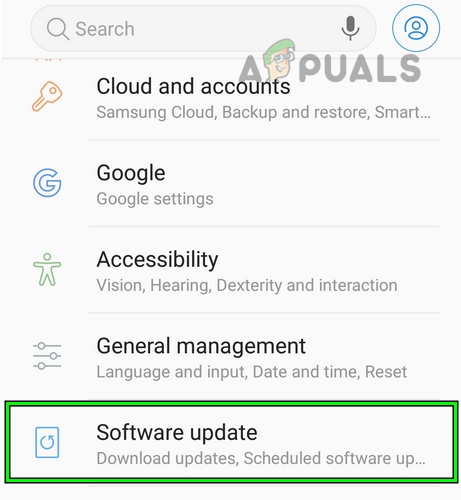
Open Software Update in the Android Phone Settings - Once the OS is updated, launch Instagram and check if the filters are working as intended.
5. Enable the face and hand effects in the Instagram app.
Instagram uses Face and Hand Effects to render filters that respond to movements in a scene, particularly for augmented reality filters. If this effect is turned off, the application will not be able to process the filters correctly. Thus, enabling this feature will solve the problem.
- Open Instagram on your device.
- Navigate to Settings > Privacy > Scroll down to Data Permissions > Face and Hands effects.
- Enable the feature and restart your device.
- Now, check if the filters are being rendered correctly.
6. Refresh the Device’s Location (for Android)
Instagram has begun using your location while applying filters to ensure compliance with facial recognition laws in some states. If your location modules are in an error state, Instagram will not be able to fetch the location accurately, and as a result, the filters will not render properly.
Here, simply refreshing your location will do the trick.
- Exit Instagram and go to your home screen.
- Swipe down or up to open the Quick Settings
- Tap on Location to disable it and wait for a minute.
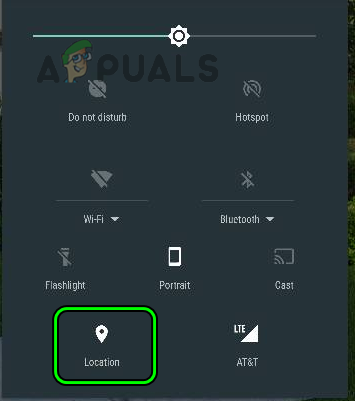
Disable Location in the Android Phone’s Quick Settings - Enable location again and launch Instagram. Check if the filters are working properly. You can also switch to mobile data to allow precise locations.
Note: Make sure you are not using any VPN connections, as they will interfere with the location-gathering module.
7. Reinstall the Instagram app.
We’ve come across instances where the filter modules are in a glitched state, even when they are updated to the latest version. In this case, you can reinstall the application to obtain a fresh copy and reinitialize all modules. For Apple devices, simply press and hold the application until it starts wiggling, and then click on Remove.
Don’t forget to keep your credentials available, so you can easily re-log into Instagram.
- Exit Instagram on your device.
- Navigate to Settings > Application Manager > Instagram.
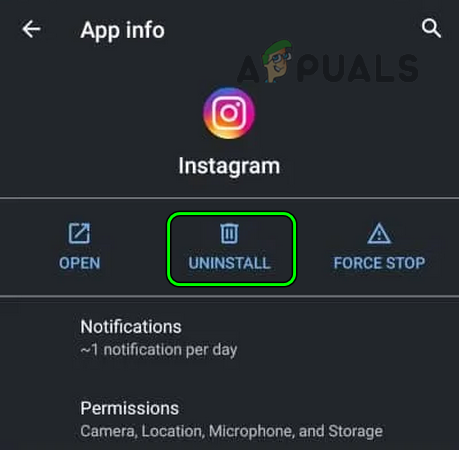
Uninstall the Instagram App on the Android Phone - Now click Uninstall and wait for it to complete.
- Restart your device and check if the filters are working correctly.
8. Reset your phone to the factory defaults.
As a last resort, you can proceed with factory resetting your device. It is possible that some modules required by Instagram are not installed properly or are stuck. Resetting the device and reinstalling Instagram should resolve the issue.
Before resetting, it is recommended to back up your phone, fully charge its battery, and check Instagram’s social media handles for any service outages.
- Launch Settings on your Android phone.
- Navigate to General Management > Reset options > Factory data reset.
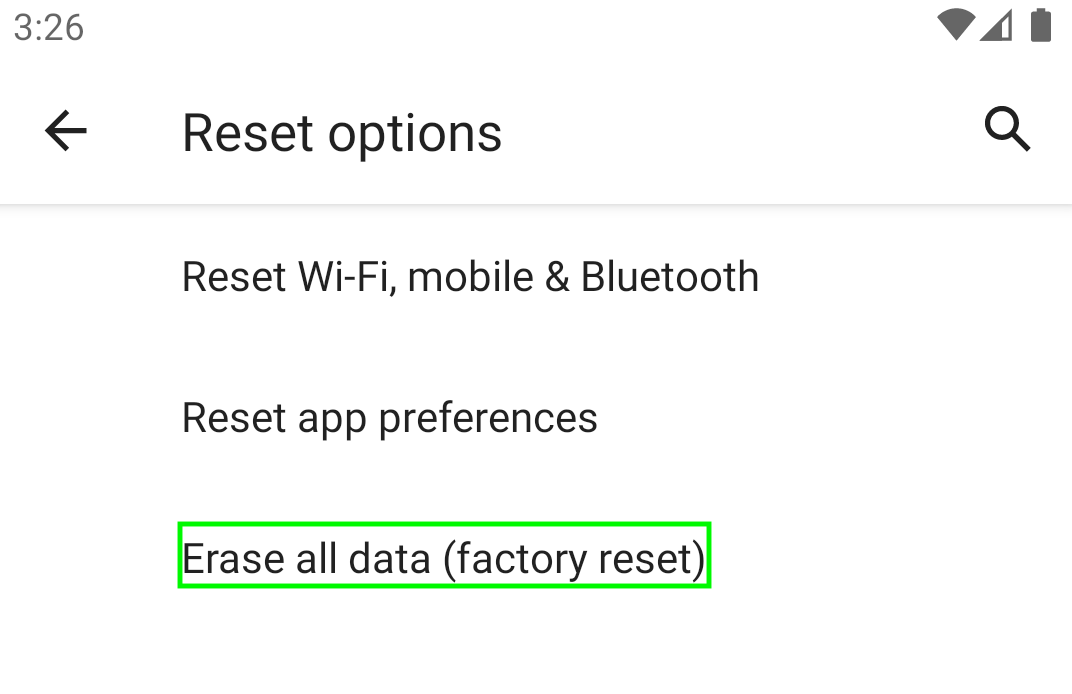
Factory resetting Android phone - If asked, enter your phone’s password to confirm the reset.
- After the reset is complete, set up the device as a new device. Do not restore from a backup at this point.
- Install Instagram and check if the filters are working properly.
If that does not work, check to see if another Instagram account functions properly on your phone. If none of the above options have worked, you may report the problem to Instagram support (Instagram Settings > Help > Report).
